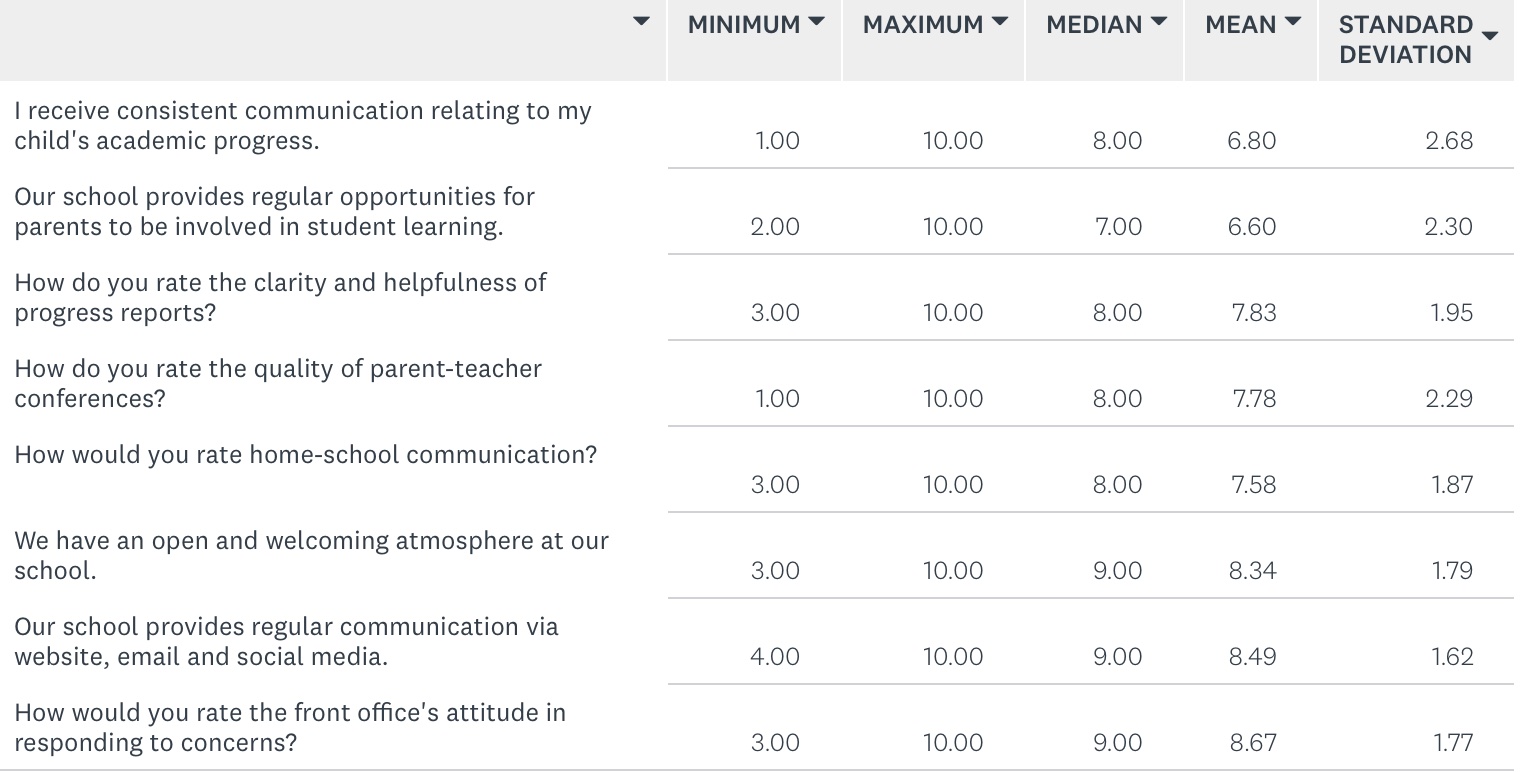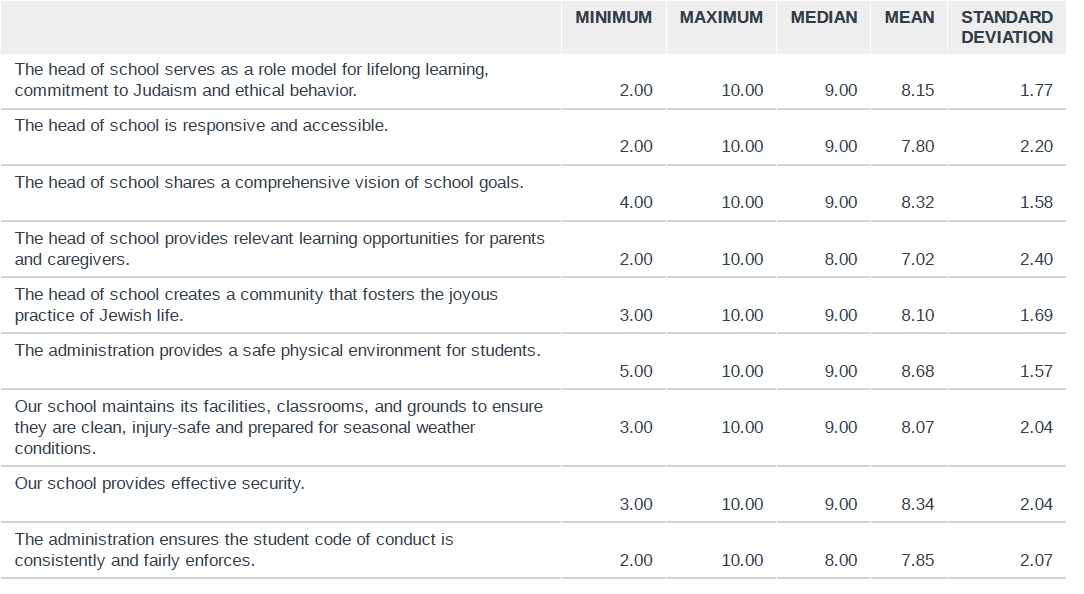OK, so I guess technically “Leadership” begins with “L”, but a pithy blog post title that does not make…
I have been blessed to have two leadership experiences juxtaposed across two weeks that drive home the idea that leadership is personal – and that leadership development is personalised. I am going to spend just a bit of space sketching out what those two experiences were and then see if I can meaningfully connect the dots.
Two weeks ago, we had our November PD (Professional Development, and although we prefer to use “Professional Growth”, “PG” is not the phrase people know) Day at the Ottawa Jewish Community School and we decided that in terms of both content and pedagogy, we wanted to lean into personalised learning. And that is how we wound up with…
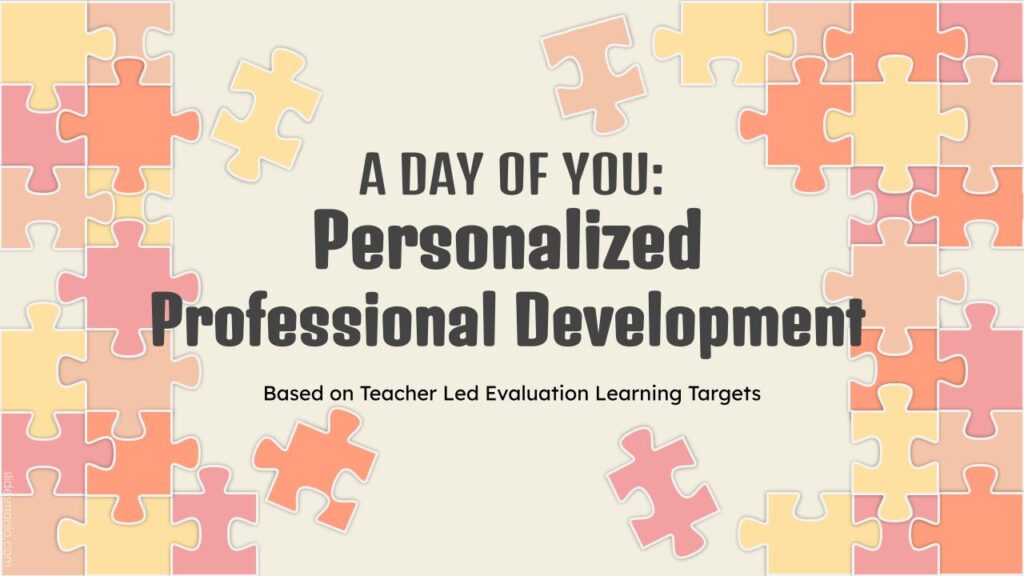
A phrase I am fond of saying is that “we should at least treat our teachers as well as we treat our students,” which is my way of saying that oftentimes what is good pedagogy and practise for teachers teaching is also good for teachers learning. If we “own our learning” at OJCS [North Star alert!] than our teachers should have an opportunity to own their professional growth and, thus, “A Day of You” was born. Now it was not open-ended – if you look at the fine print you’ll see “Based on Teacher-Led Evaluation Learning Targets”. That is because although they had lots of choices, we did want to ensure that the day (like each and every other day) moves them and us closer to the OJCS Learning Target. [What is this “OJCS Learning Target” you speak of? Ah, yes. Click here for an important refresher.]
Here is what teachers were asked to do…

And what tasks did they have to choose from?
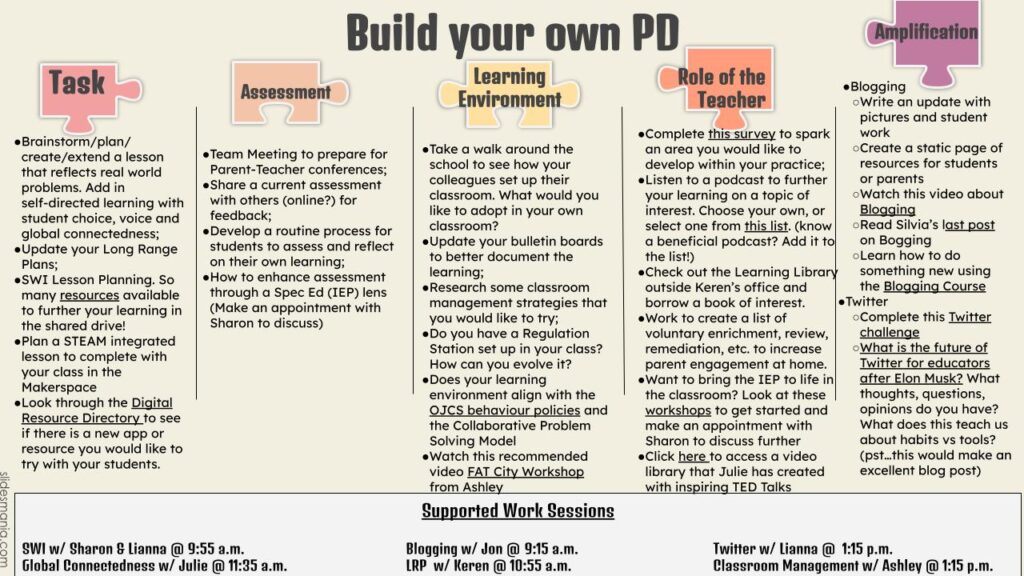
You might need to zoom in if you are interested in the details, but you can see that we provided teachers with lots of choices to grow themselves in each of the domains of our Learning Target. You also can see at the bottom that in addition to working on their own or in groups, the Admin (with support of a few of our “Leads”) offered direct coaching as well. Like a good old fashioned Choose Your Own Adventure book (you young folk can follow the link if you don’t catch the reference), our teachers were able to create a Choose Your Own Professional Growth Adventure by filling out…
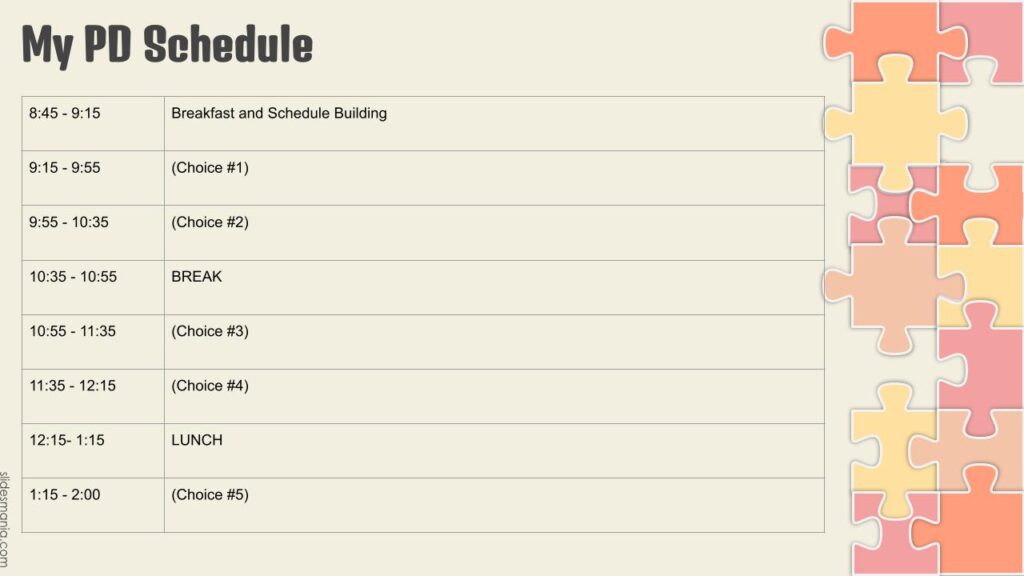
The mood and the energy in the building was fantastic and we are already thinking about our February PD Day! More to say on this down below…

You either walk inside your story and own it or you
stand outside your story and hustle for your worthiness.
This week, I was in Los Angeles for the Spring Retreat of Cohort 12 of the Day School Leadership Training Institute (DSLTI) for whom I serve as one of the Mentors. [I have written previously about this work, including how it contributes to my work as a head of school.] The title of the Retreat was “The Leader in Me” and it is not my place to share here the details of the readings and the learning that served as the anchor for the exchanges and conversations that anchored our time together. What I am capable of sharing, was that it was a rare opportunity for both the mentors and the mentees to take a deep dive inward as a means to staking out the next steps and stages of our individual (personal) leadership journeys. We studied text, we analyzed personality inventories and explored leadership theories. We journaled and we shared and we journaled and we shared some more. We made ourselves vulnerable and received caring feedback.
As is true with my rabbinical school journey, I carry a certain amount of guilt about the time I spend in DSLTI because I tend to believe that time is a zero-sum game – each minute not spent at school is a minute missed. But the truth is that these experiences make – I genuinely believe – me a better leader, which is to the good of our school, our teachers and, ultimately, our students. And the whole point of this retreat was to underline that idea – that when leaders don’t take the time to nourish and think and grow themselves, that their organizations run the risk of growing stale and declining. When the oxygen drops, we put our masks on first and then assist others…

What’s the connective tissue? Well. The last thing we did at our DSLTI Retreat was to create our own leadership quotes to summarize what we believe to be true about leadership. Mine (and I wish I could share them all!) contains some words that readers of my blog will surely recognize, but I think in some ways connects the dots from these two leadership experiences:
The goal of leadership is to ensure that there is an inspirational floor and an aspirational ceiling for each and every person in the organization – including you.
Jon Mitzmacher
Weeks like these last two are reminders that I have to keep learning and growing in order to achieve my ultimate leadership goal, which is to unleash the talent and passion of each student, teacher and administrator at OJCS. If we can do that, then we will hit those Learning Targets and reach those North Stars. It is a journey that I am blessed to walk, along with fellow travellers, both within my school and across the globe. It is a journey with both a clear destination and, yet, no endpoint. It is a journey whose momentum can only be sustained through pauses.
And with these pauses behind me and two action-packed weeks left before Winter Break, it is time to hit “play”…


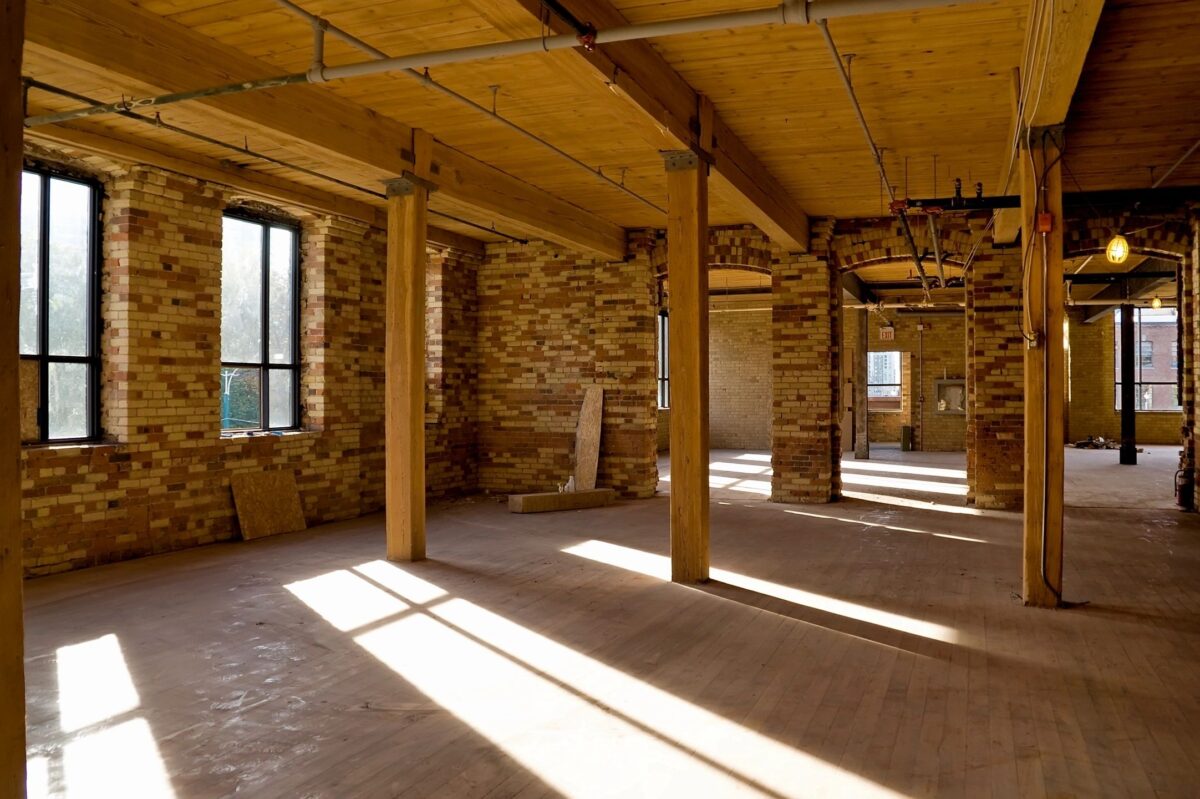
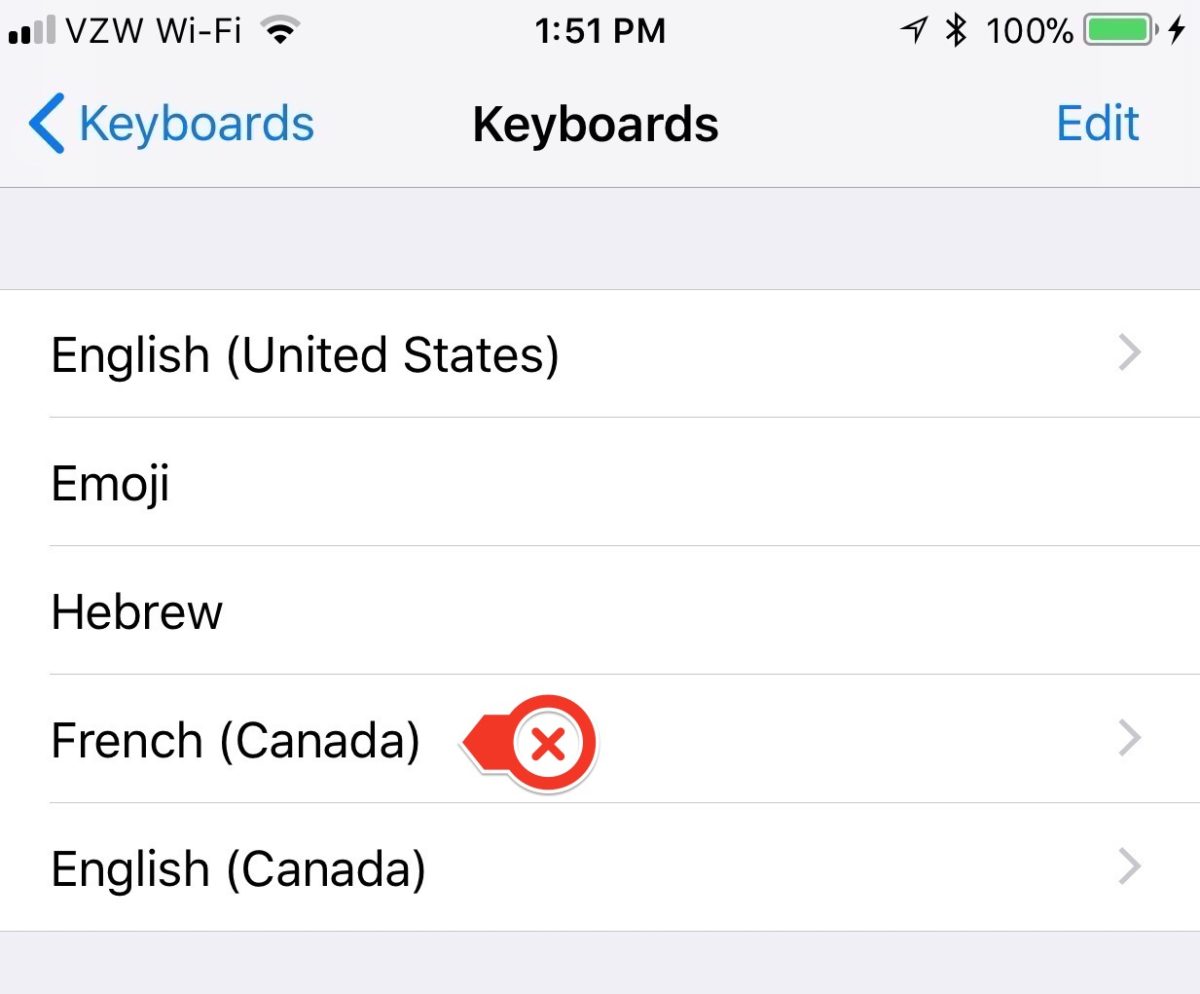
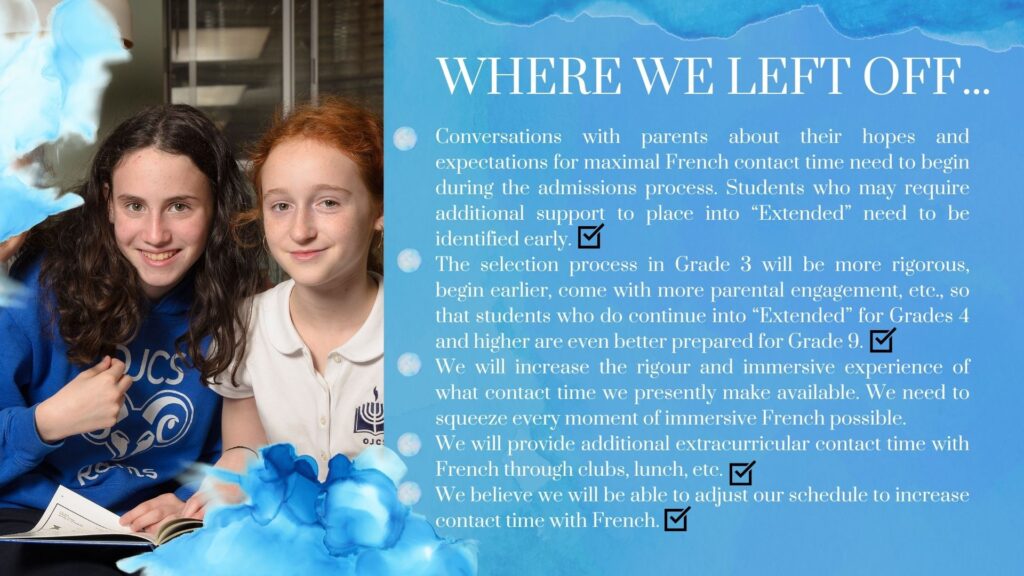
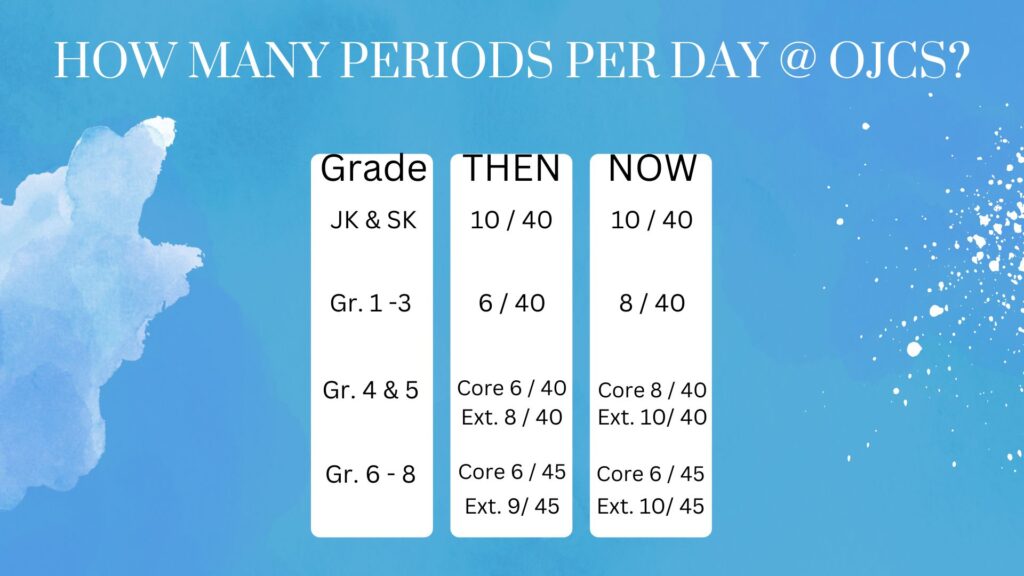





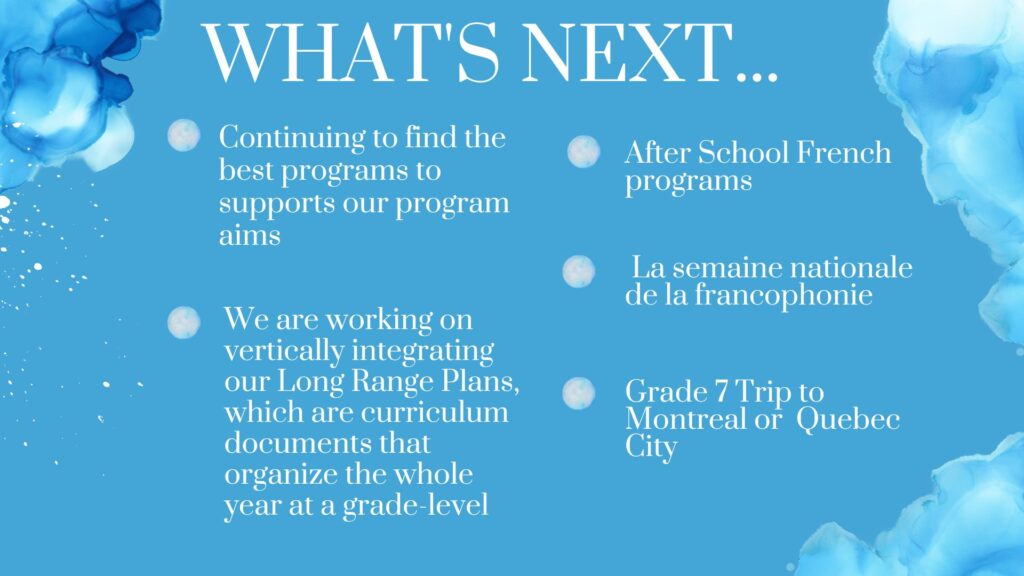




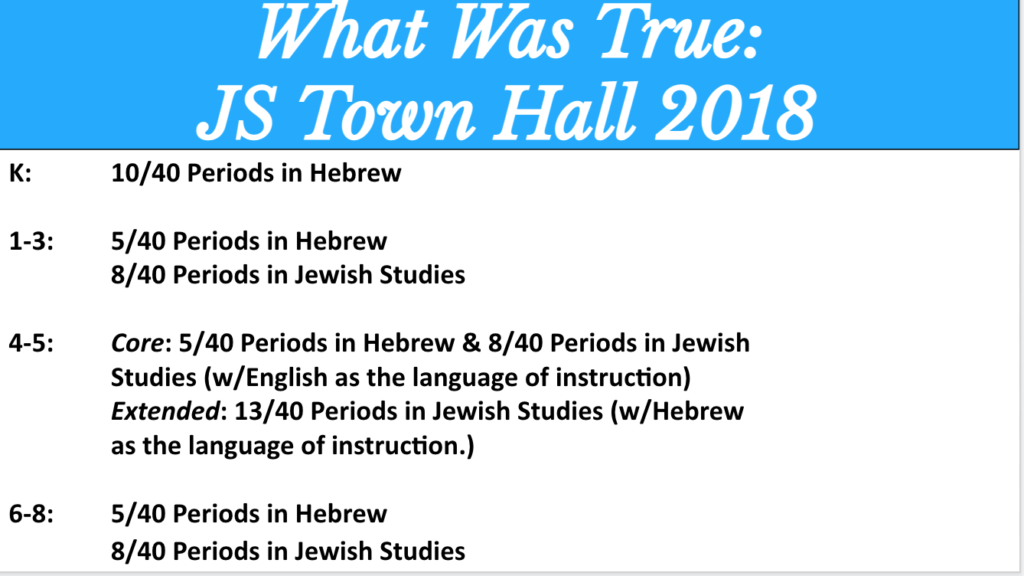

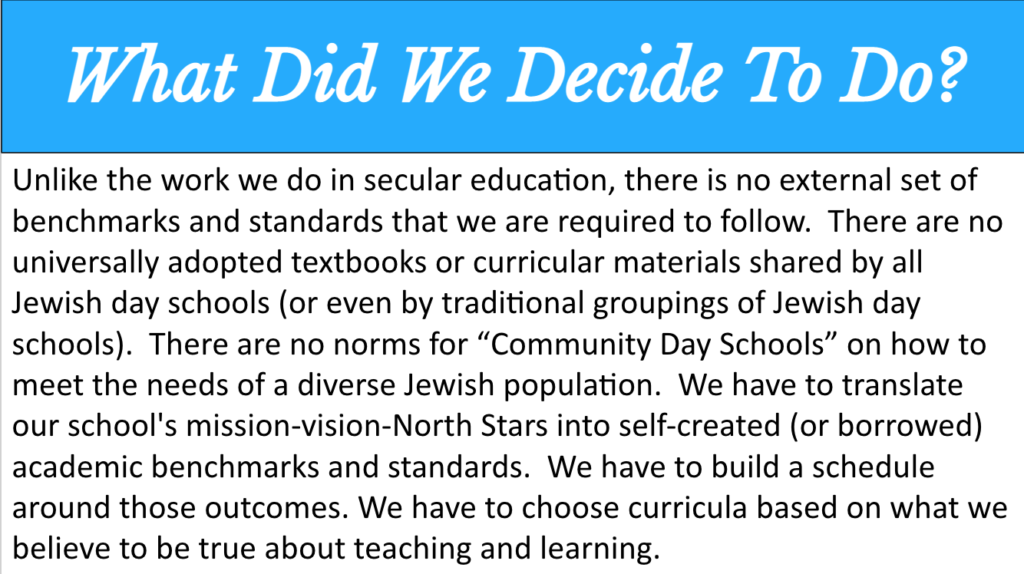
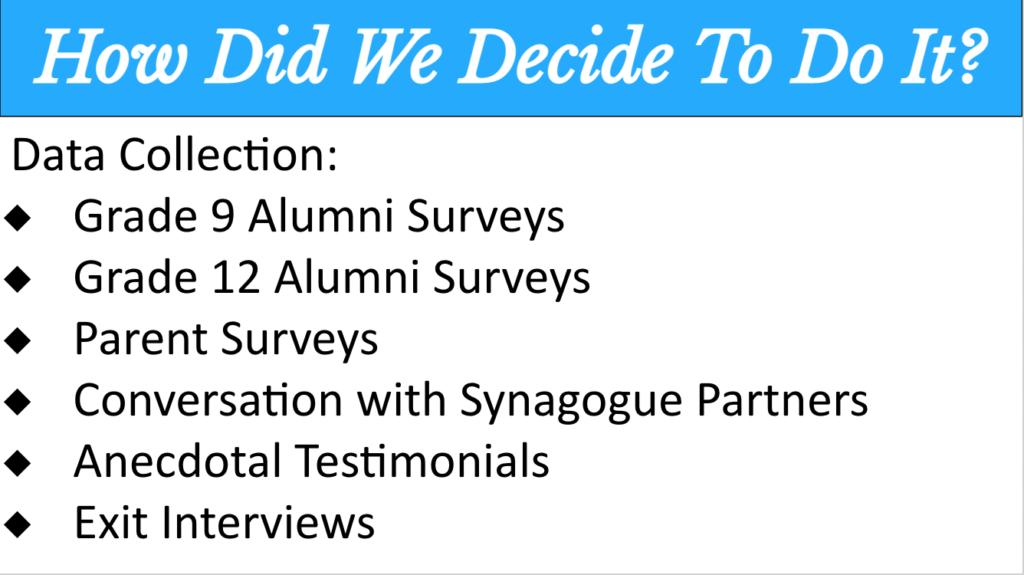 How did we begin the work? DATA!
How did we begin the work? DATA!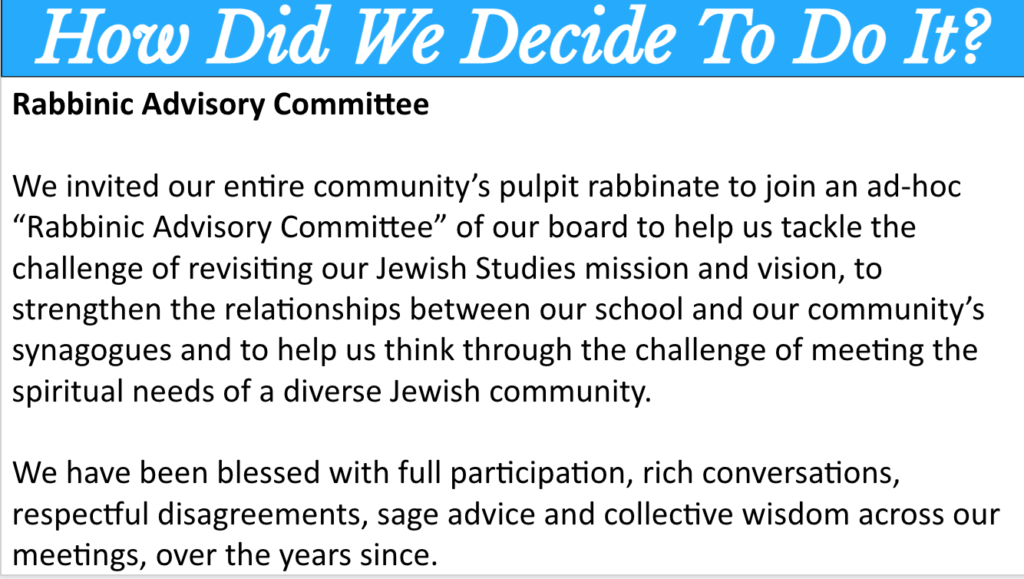
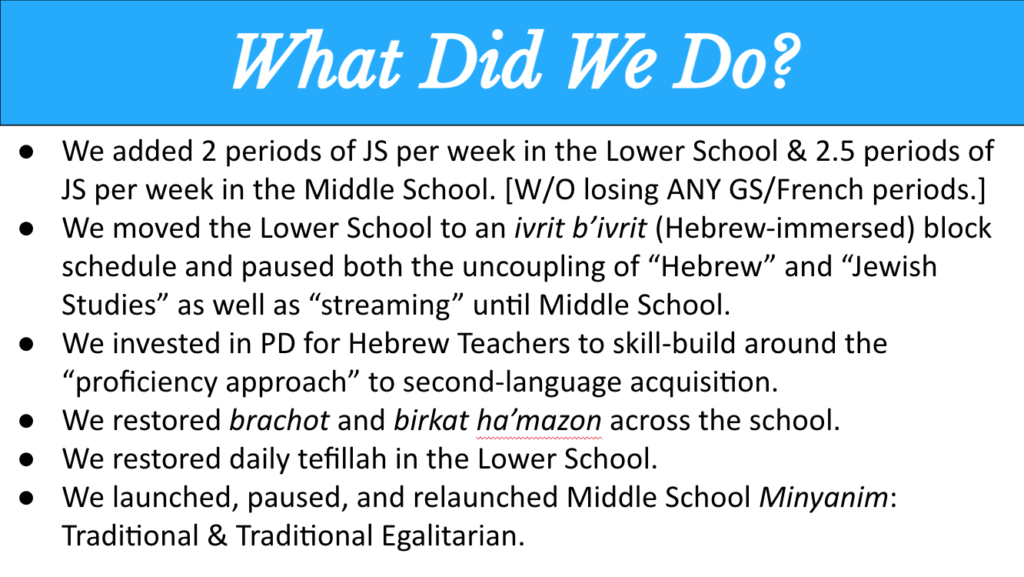
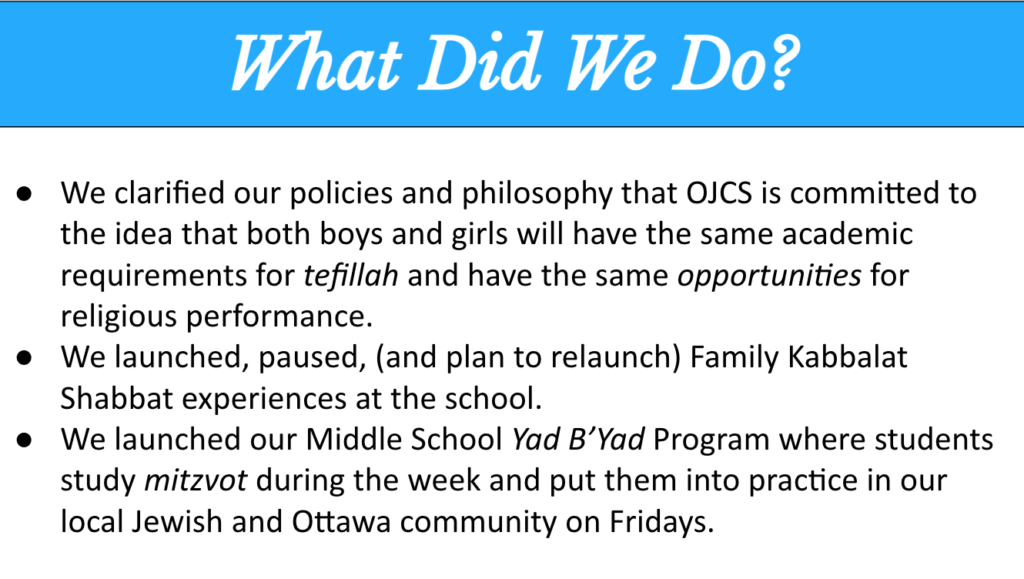
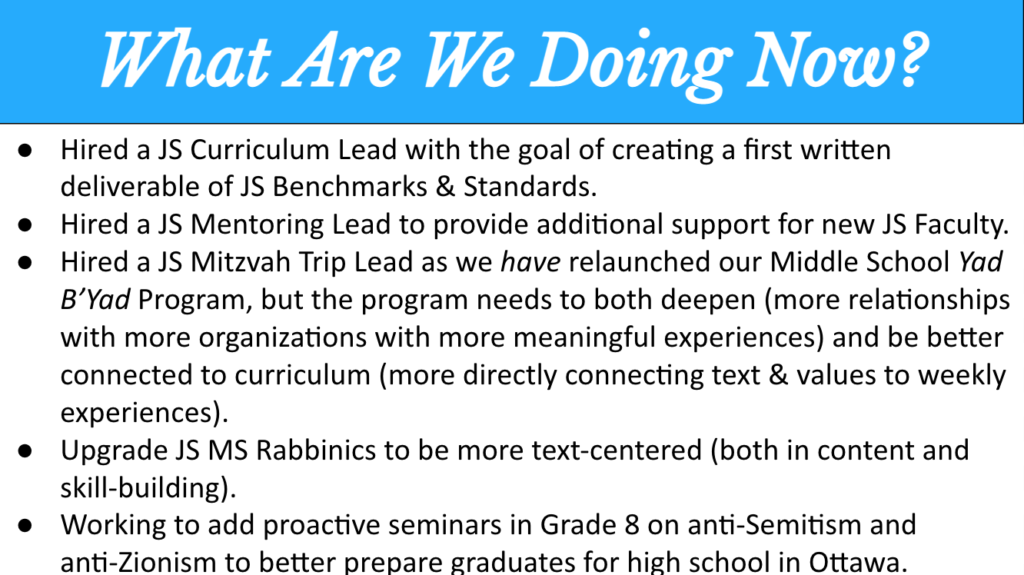
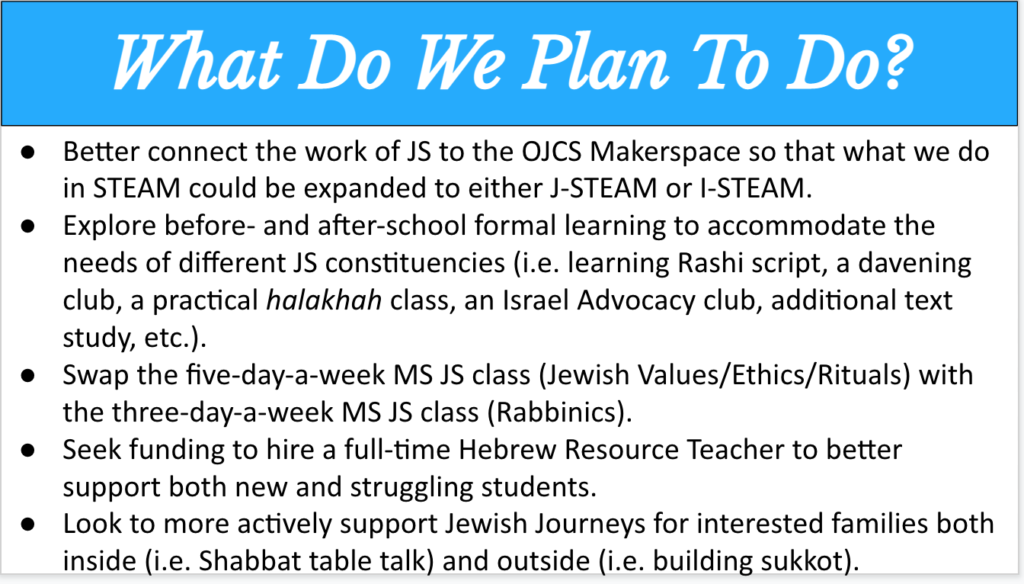
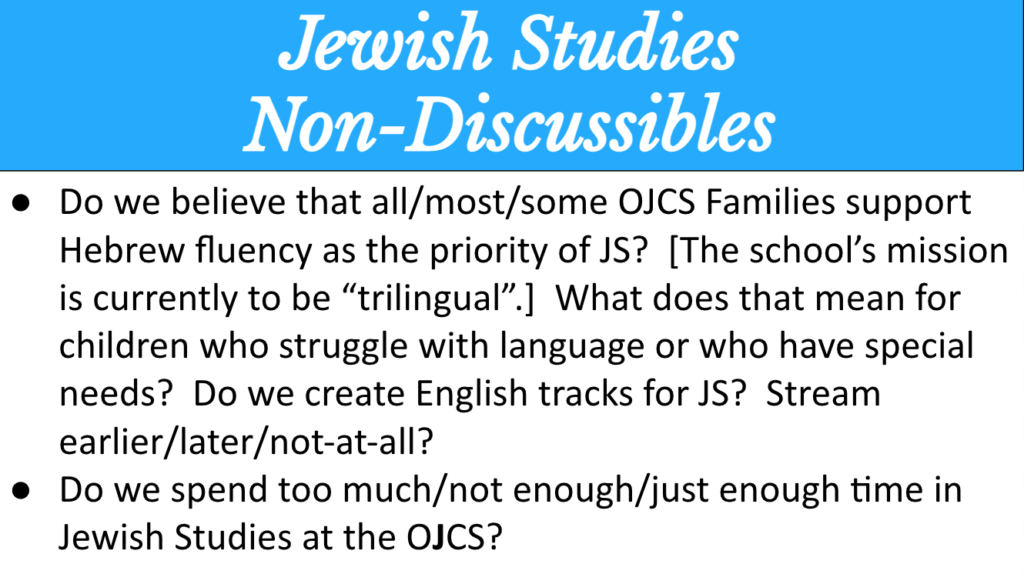 When we did this last, Hebrew was the priority and, to be fair, it is part of our mission. But it is reasonable to ask the question of whether that is still true and to acknowledge that it comes at a cost. And we definitely know that there are a variety of opinions about how much time we could and should spend in Jewish Studies – and I encourage an expansive view of that, including both academic class time and experiences.
When we did this last, Hebrew was the priority and, to be fair, it is part of our mission. But it is reasonable to ask the question of whether that is still true and to acknowledge that it comes at a cost. And we definitely know that there are a variety of opinions about how much time we could and should spend in Jewish Studies – and I encourage an expansive view of that, including both academic class time and experiences.

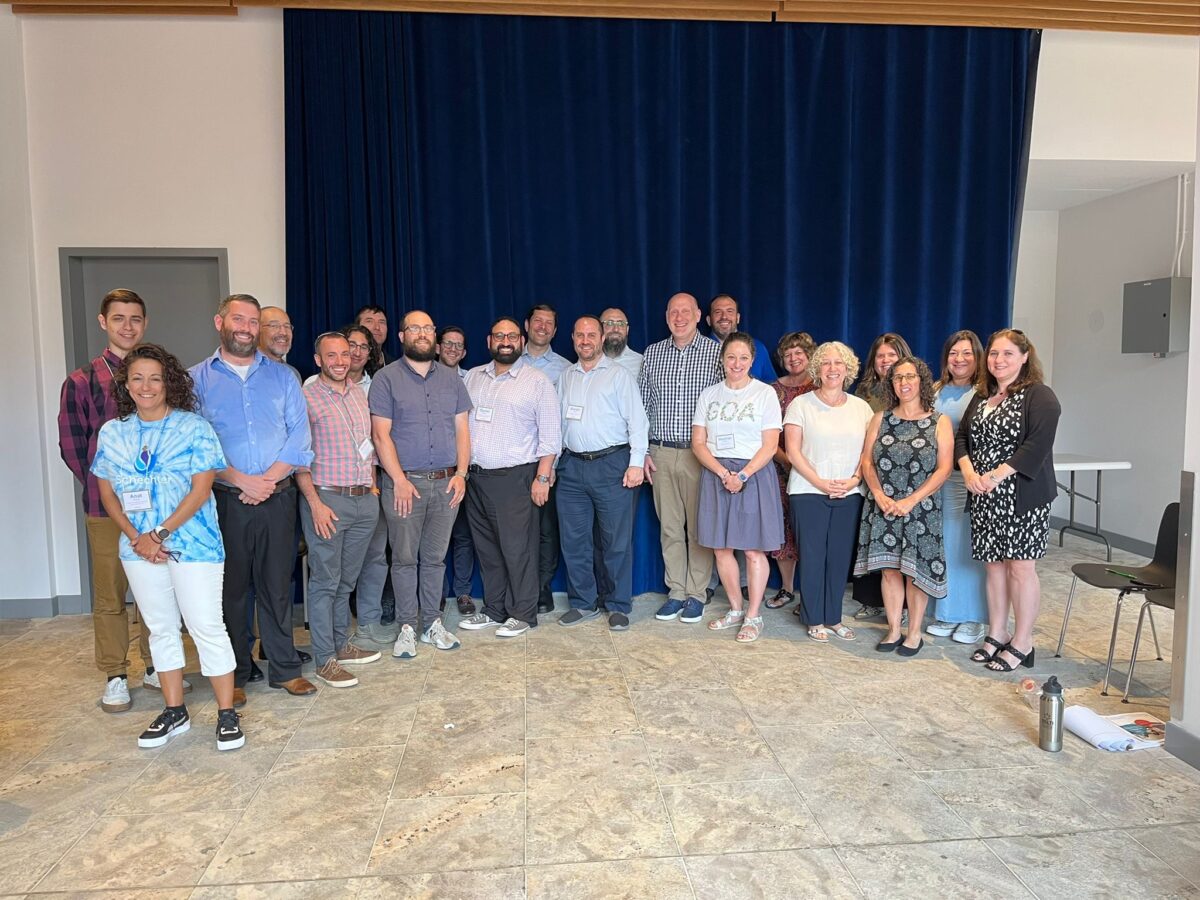

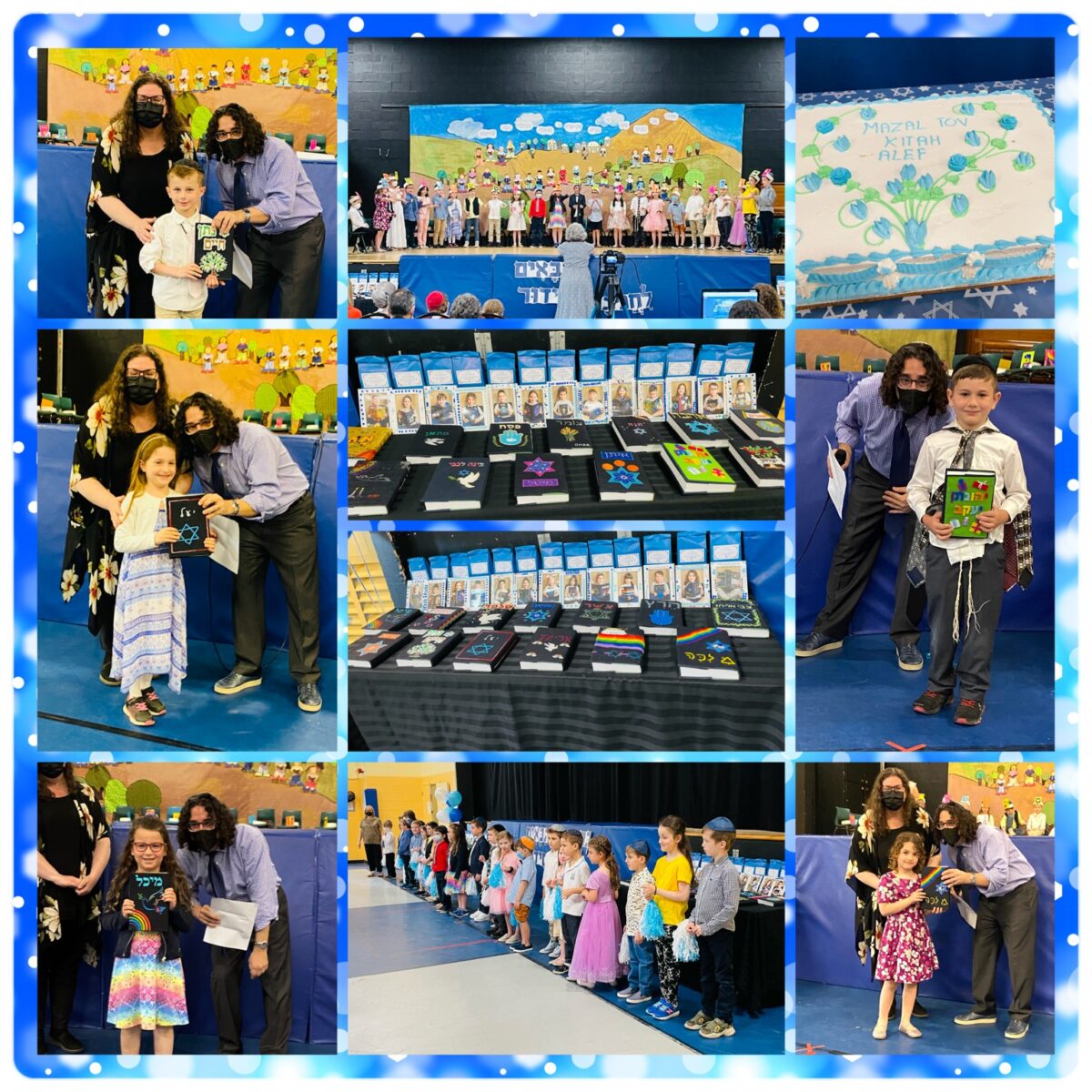

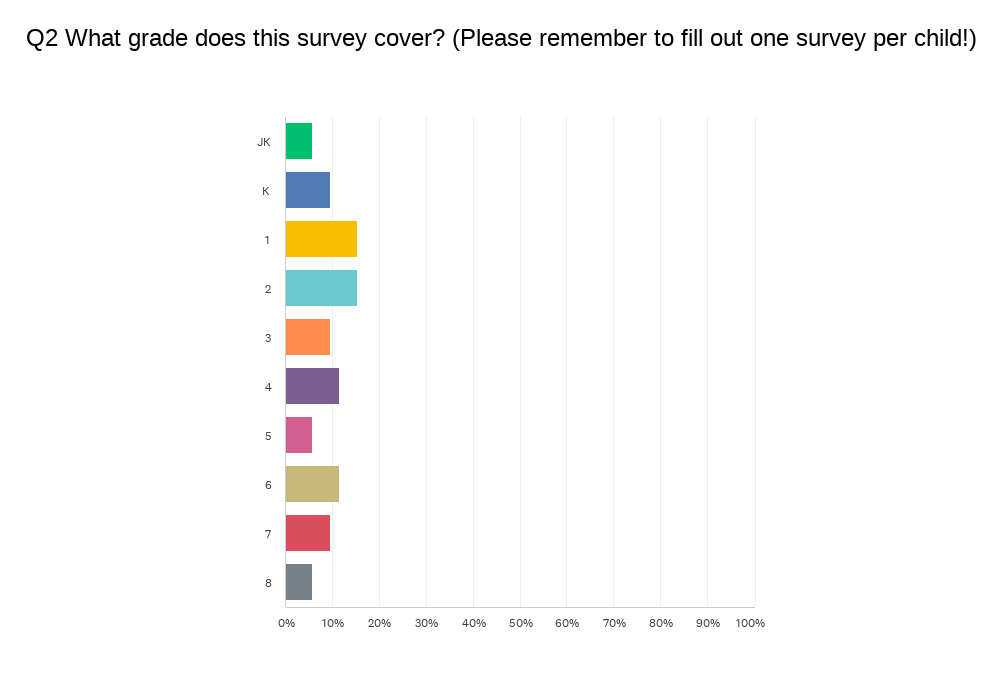
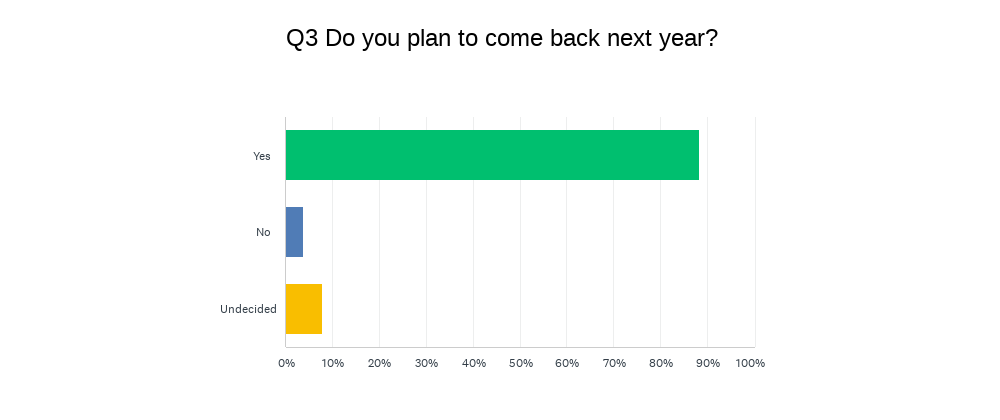

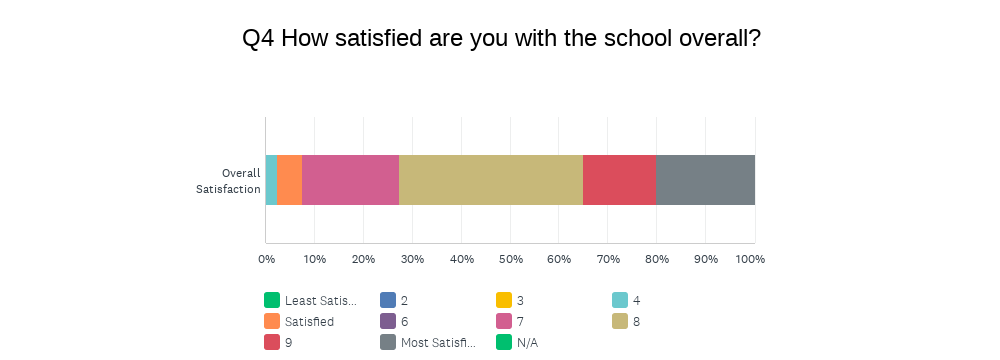
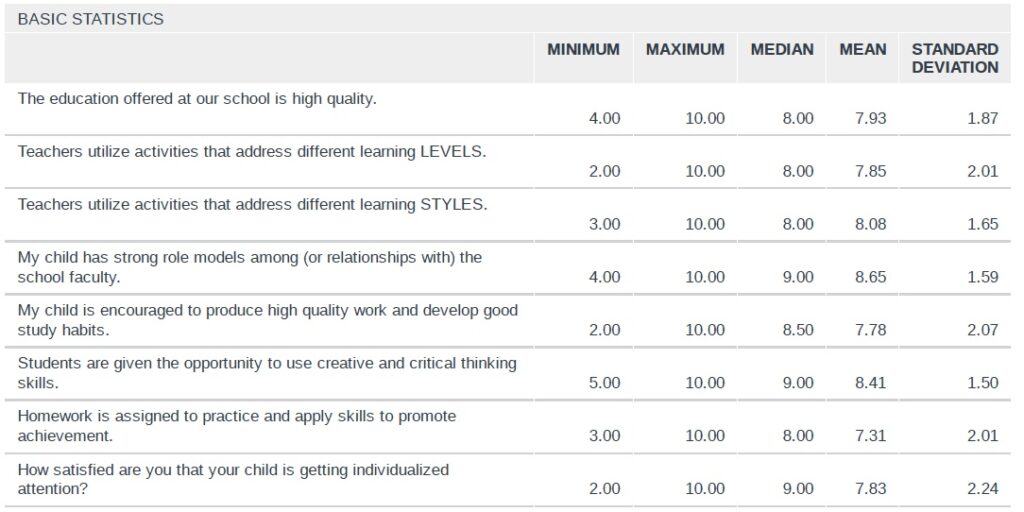






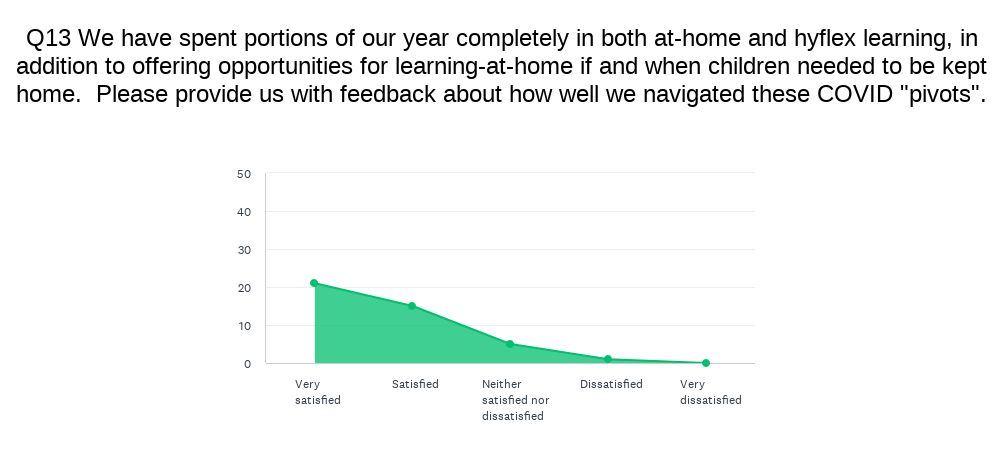
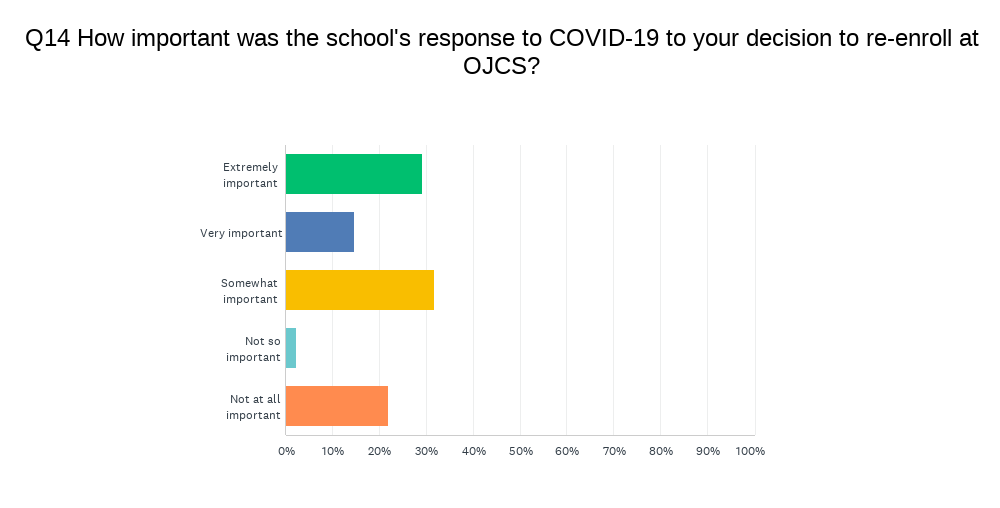 From this year’s experimental section, we yield these two data points (and two sets of meaningful commentary). Compared to last year, there is a larger cluster in “very satisfied” and “extremely important” – which is likely not a coincidence. As we cannot predict the future, even with wholehearted hope of a return to year-round, in-person learning next year, our ability to navigate situations like these last few years with minimal disruption and maximal academic progress – not to mention the continuance of meaningful Jewish experiences – will likely continue to be powerful value-adds for OJCS in the years ahead.
From this year’s experimental section, we yield these two data points (and two sets of meaningful commentary). Compared to last year, there is a larger cluster in “very satisfied” and “extremely important” – which is likely not a coincidence. As we cannot predict the future, even with wholehearted hope of a return to year-round, in-person learning next year, our ability to navigate situations like these last few years with minimal disruption and maximal academic progress – not to mention the continuance of meaningful Jewish experiences – will likely continue to be powerful value-adds for OJCS in the years ahead.